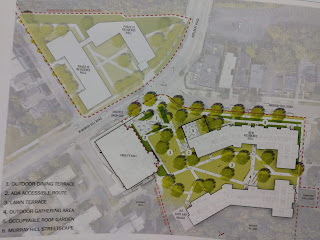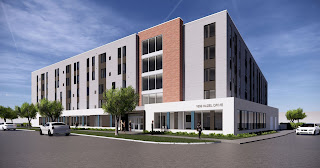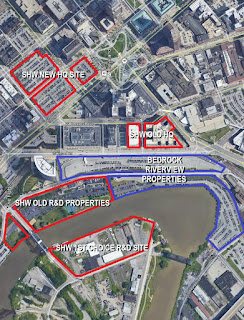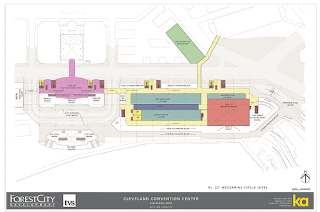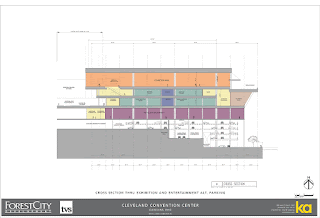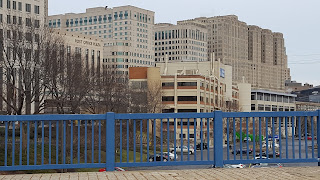According to two sources who spoke off the record, Brecksville-based CrossCountry Mortgage Inc. is taking some of the first steps necessary to renovate a handful of historic buildings along Superior Avenue between East 21st and 22nd streets on the east side of downtown.
Those properties, previously owned by the Chilcote Co., were bought Dec. 28, 2018 for $849,500 by an investment team, incorporated as CC Superior Holding, LLC and led by CrossCountry CEO Ron Leonhardt and Kohrman Jackson Krantz LLP's Managing Partner Jon Pinney.
BEK Developers LLC of Beachwood is also part of the partnership and serves as the group's real estate developer. BEK is the initials for three members of the Risman family, Bob, his wife Eleanore and their daughter Kathy. The Risman family reportedly is one of Cleveland's wealthiest.
Chuck Andes, BEK's vice president of operations and director of development, confirmed that the group is potentially looking at both offices and residential, given the size of the historic buildings and the amount of property involved. A mix of renovation and/or new construction is also possible,
There are four buildings facing Superior and the project could possibly involve the buildings farther south along East 21st and 22nd toward Payne Avenue. Some of the smaller buildings south of those facing Superior could be demolished for parking or future residential development.
 |
| An investor team has reportedly gone out to bid and is seeking historic tax credits for the old buildings facing Superior (KJP). |
The partnership could decide the office/residential mix in about 3-6 months, Andes said.
"We're still in pre-development," he said. "Nothing is written in stone."
CC Superior Holding is initiating steps to pursue historic tax credits from the state to renovate the Superior-facing buildings. They total about 160,000 square feet and were built in the 1910s. Andes said a single-story warehouse built in the 1990s south of the Superior-facing buildings could be retained.
The Superior Arts District, from East 18th Street to the Inner Belt, was designated as an historic area nearly 20 years ago to aid in the renovation of the Tower Press Building, 1900 Superior.
In an article last month in Smart Business Network, Leonhardt said his investment team hadn't decided if it would be for his firm's HQ or for housing.
“I’m looking for a new headquarters,” Leonhardt said in the article. “Brecksville has been great, allowing me to park across the street. So we’re looking at maybe building across the street on the VA site or doing something between Superior and Payne. The idea is to figure out which one’s going to work out best long term. But we plan on developing the Superior and Payne property. It’s either going to be our new headquarters or some type of housing.”
 |
| CrossCountry's existing headquarters on Miller Road in Brecks- ville is overcrowded and the mortgage firm continues to experi- ence rapid growth as it has for the past decade (Google). |
CrossCountry, founded in 2003, is currently located in a 1969-built, 50,400-square-foot building at 6850 Miller Road. County records show the building was remodeled in 1997. CrossCountry bought the property in 2010 for $2.1 million.
Ten years ago, the company issued a half-billion dollars in mortgages and had $10 million in revenue. In 2019, it funded more than $15 billion in mortgages and had revenues approaching $600 million for the year. Today, the firm has nearly 3,000 employees nationwide.
“When we moved into this building, we had 40 people,” Leonhardt says of the Brecksville location in the Smart Business Network article. “Now, in Northeast Ohio, we have like 650. So we’ve outgrown the building.”
On the same day that CC Superior Holding acquired 16 properties between Superior, Payne, East 21st and 22nd, five of those properties on the east side of East 22nd were then transferred over to another company, 2130 Superior Avenue, LLC, that lists to GBX. It owns multiple buildings in the Superior Arts District and is a buyer and seller of historic tax credits.
Andes couldn't comment on the December 2018 property acquisitions and CC Superior Holding's property trading with GBX as he didn't start working with BEK until February 2019.
END




